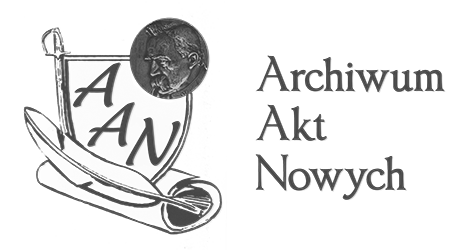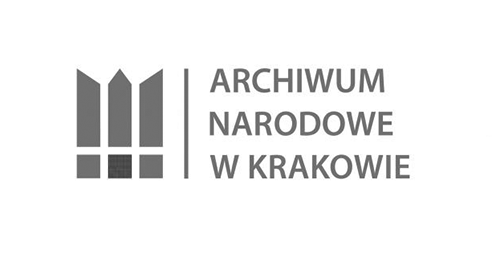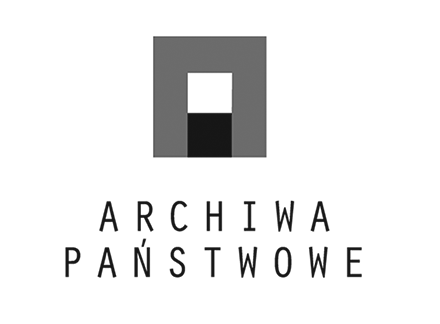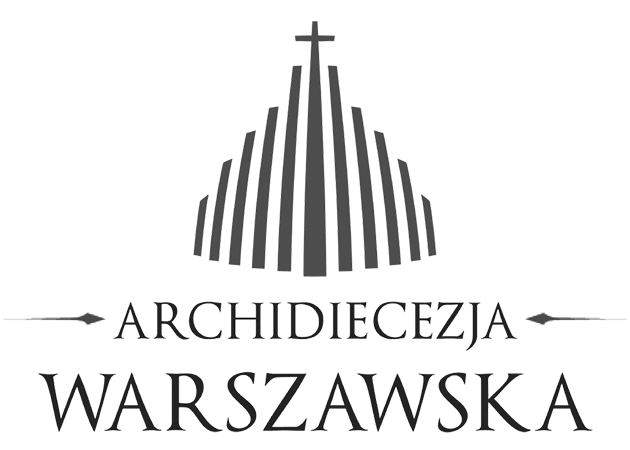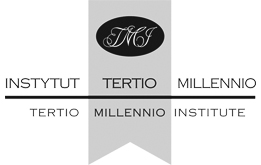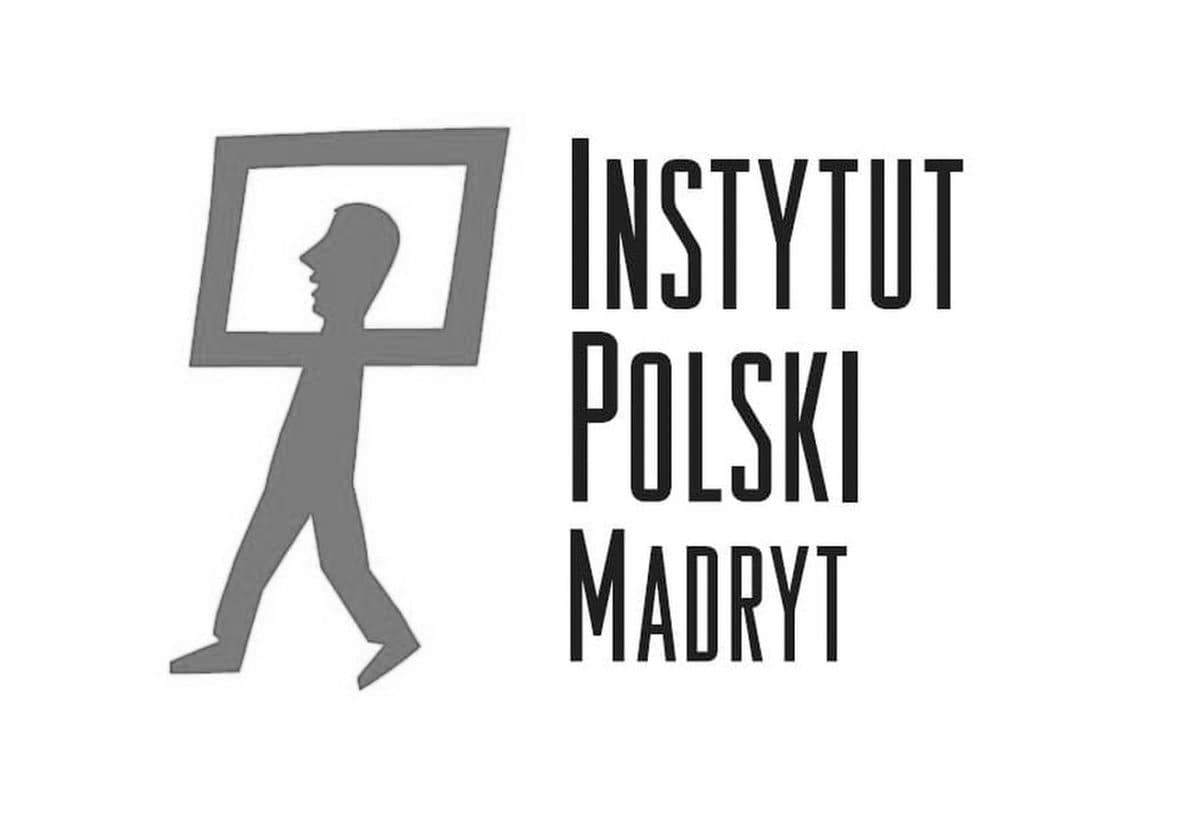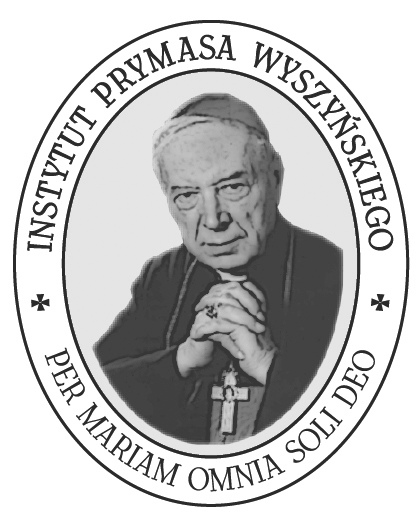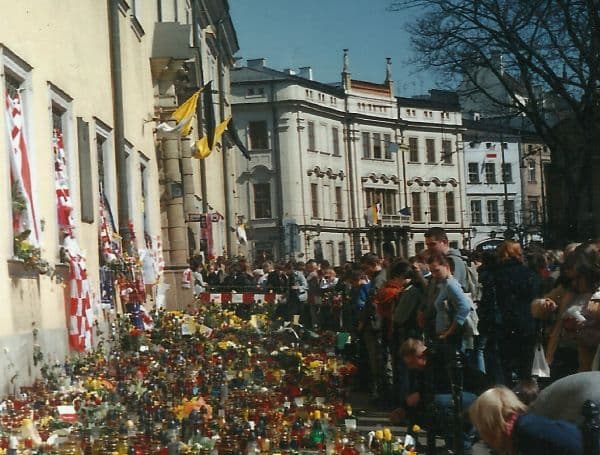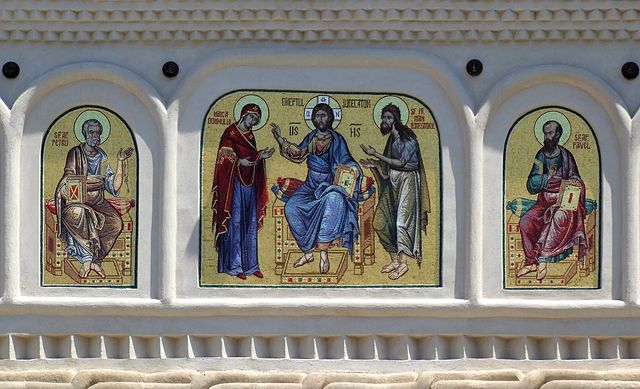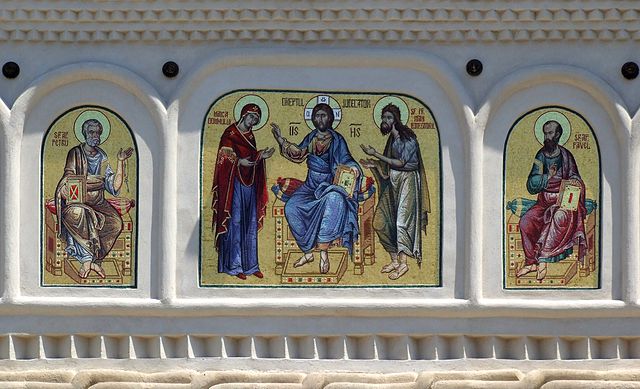Assisi 1986 — Day of Prayer for Peace. Meeting of World Religions
On 27 October 1986, representatives of various Christian denominations and world religions came at the invitation of John Paul II to Assisi, the city of St Francis. They were united by a common goal — the desire for peace.
Assisi, view of the city from the Basilica of St Francis and the Franciscan Monastery.
Drag timeline
8 December 1967
Pope Paul VI proclaims 1 January as World Day of Peace.
25 January 1986
John Paul II announces the Day of Prayer for Peace in Assisi.
13 April 1986
The Pope’s visit to the Great Synagogue of Rome.
4 October 1986
Pope’s foreign pilgrimage to France. In Lyon, John Paul II appealed to cease the fight on the day of the Assisi meeting.
27 October 1986
International Day of Prayer in Assisi. Day-long celebrations were held in Assisi, including the Basilica of Our Lady of the Angels, the Cathedral of San Rufino, and the Basilica of St Francis.
28 October 1986
Assisi talks with delegations of world religions held by the Vatican dicasteries in charge of the inter-religious dialogue.
29 October 1986
Invitation of participants in the World Day of Prayer for Peace to the Vatican for a farewell meeting.
6 November 1986
The audience of John Paul II for the participants in the International Catholic-Jewish Theological Colloquium.
Effectiveness of prayer
The Pope announced this unprecedented event in January 1986. He was encouraged by the UN’s proclamation of the year as the International Year of Peace. He also continued the earlier tradition of Pope Paul VI, who, on 8 December 1967, declared 1 January to be the World Day of Peace.
Many journalists were asking then the question: what is the point of calling other days or years peaceful when the number of armed conflicts in the world is not decreasing? At that time, for example, there was a Cold War between the Western world and the Communist bloc, there was the threat of nuclear war, there was the bloody Iran-Iraq conflict, the Palestinians were fighting against Israel, the Afghan Mujahideen were fighting against the USSR, and the US Air Force was bombing Libya. Noticeably clear actions were needed that touched the core of the problem, i.e., collective violence, international aggression, and no stable security.
Since many of the conflicts that erupted in the past (and are still going on today) were based on ethnic, religious, or worldview grounds, it should come as no surprise that John Paul II addressed the representatives of the world’s great religions. With the authority of the religions themselves and their leaders, you can try to influence fellow believers in a spirit of peace. However, this is not the only reason for the Pope’s turn in this direction. John Paul II wanted to show the increasingly secularised world the importance he attached to prayer and its effectiveness.
As he said later in welcoming the arriving delegations:
“The very fact that so many religious leaders have gathered for prayer is an encouragement to the modern world to realise that there is another dimension of peace, that there is another way of spreading peace besides political negotiations, compromises, or economic bargains. It is a prayer that, regardless of the diversity of religions, expresses a connection with Supreme Power that far exceeds the limits of our capacities.” (Welcoming Address of the Holy Father delivered in the Basilica of Our Lady of the Angels on 27 October 1986).
It is not about syncretism
As was the event’s official name, the Day of Prayer for Peace was set for 27 October. It was no coincidence that it was Monday — they did not want any religion to be privileged: Friday is a holiday for Muslims, Saturday for Jews, and Sunday for Christians. The motto of the meeting was “Being together to pray.”
To avoid associations with religious syncretism, the Pope made it clear that it was not a kind of theological breakthrough — simultaneous prayer by representatives of many religions (to which the majority of participants could not agree), an attempt to create a sort of “super-religion”, or a disregard for essential differences, but an expression in the prayers of a strong desire for peace by each religion separately, in different rituals and traditions of worship, and even separate locations (in different places and churches of Assisi).
John Paul II’s invitation was accepted by 47 delegations representing 13 religions — Christianity, Judaism, Islam, Buddhism, Hinduism, Jainism, Sikhism, Zoroastrianism, and several traditional African and American religions. On the Christian side, there were Orthodox Christians, non-Chalcedonian Eastern Churches, Anglicans, Old Catholics, and Protestants — Lutherans, Reformed, Methodists, Baptists, Mennonites, Quakers, Disciples of Christ, Brother Roger and the monks of the Taizé Community, and the World Council of Churches and the international Christian youth associations YMCA and YWCA. Representatives of Unitarians, a religion derived from Arianism, also came. Also present were Italian Foreign Minister Giulio Andreotti, Apostolic Nuncio Archbishop Luigi Poggi, and two representatives of the UN Secretary-General, i.e., Eric Sui and Marco Pagnanelli.
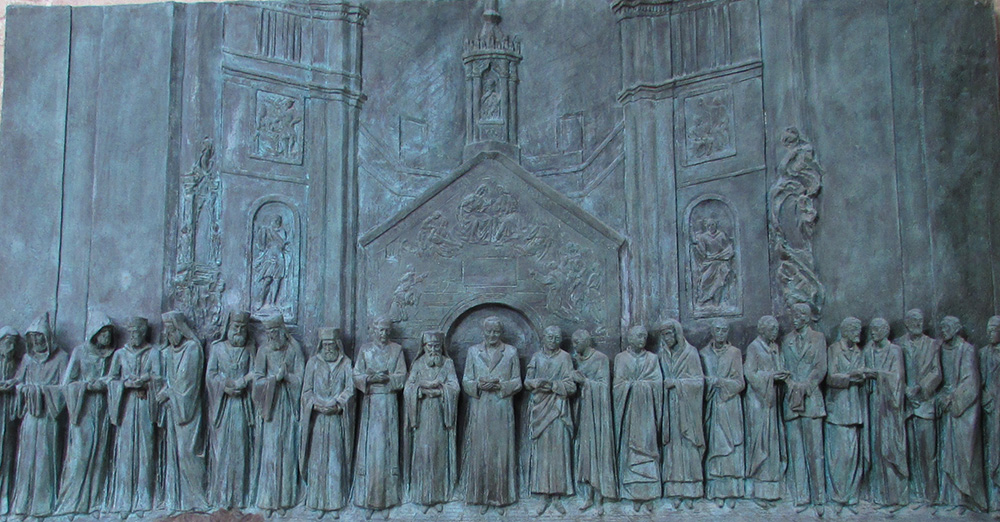
A plaque commemorating the 1986 meeting in Assisi, found in the cloistered in front of the Basilica of Our Lady of the Angels.
The composition of the Catholic delegation is also worth mentioning. 14 cardinals, archbishops, and bishops were invited by name by the Holy Father (one of them was the then 87-year-old Primate of the Czech Republic, Cardinal František Tomášek) and a papal entourage of 12. Mother Teresa of Calcutta also came along with several sisters from the Missionaries of Charity congregation.
Just before this event, during a papal visit to Lyon on 4 October, John Paul II appealed to all participants in armed conflicts worldwide to cease fighting, at least on the day of the meeting in Assisi. These calls have not gone unheeded, with a truce in the fighting declared by the Democratic Forces of Nicaragua (EDN), the Manuel Rodriguez Patriotic Front in Chile, terrorists in Sri Lanka, and the Angolan UNITA movement.
Start of the meeting
The delegations were welcomed at the Basilica of Our Lady of the Angels in Assisi on 27 October. In this huge Baroque temple, at the level of the transept, there is a tiny Romanesque church called the Portiuncula, which was rebuilt by St Francis himself. This is an unusual combination as the enormity and power of the Basilica contrasts with the smallness and simplicity of the building, framing and elevating it. According to tradition, it is the first Franciscan church, the cradle of the order.
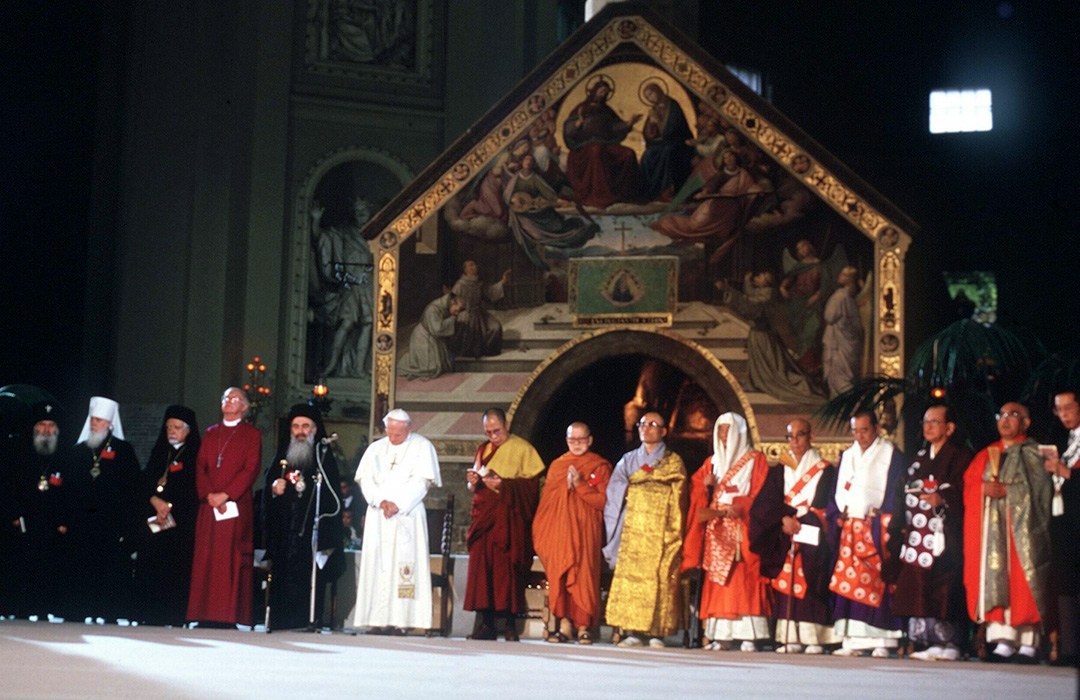
Against the backdrop of the church facade, covered with beautiful Marian frescoes, a quadrangle of chairs was set up for 63 invited guests. The papal chair was placed in the central area, right at the entrance to the Portiuncula. To the right of John Paul II sat the leaders of the Christian denominations beginning with the delegate of the Ecumenical Patriarch Archbishop Methodius and the Primate of the Anglican Church Archbishop Robert Runci. On the left sat the leaders of other religions, headed by the Dalai Lama.
The Pope, in welcoming the gathering, made a clear point:
“Just because we have come here does not mean we intend to seek religious understanding or discuss our beliefs. Nor does it mean that religions can reconcile with each other based on a common commitment to an earthly plan that would become more important than themselves. Nor is it a concession to religious relativism, as a human being must be guided by sincerity and the voice of their conscience in seeking the truth and acting accordingly.”
This passage shows how anxious the head of the Catholic Church was for the meeting to be correctly received, how he feared straightforward interpretations by the media heading towards pantheism equating all religions or modernist theories about the parallelism of many ways of salvation. There will be more such papal statements that day.
This passage shows how anxious the head of the Catholic Church was for the meeting to be correctly received, how he feared straightforward interpretations by the media heading towards pantheism equating all religions or modernist theories about the parallelism of many ways of salvation. There will be more such papal statements that day.
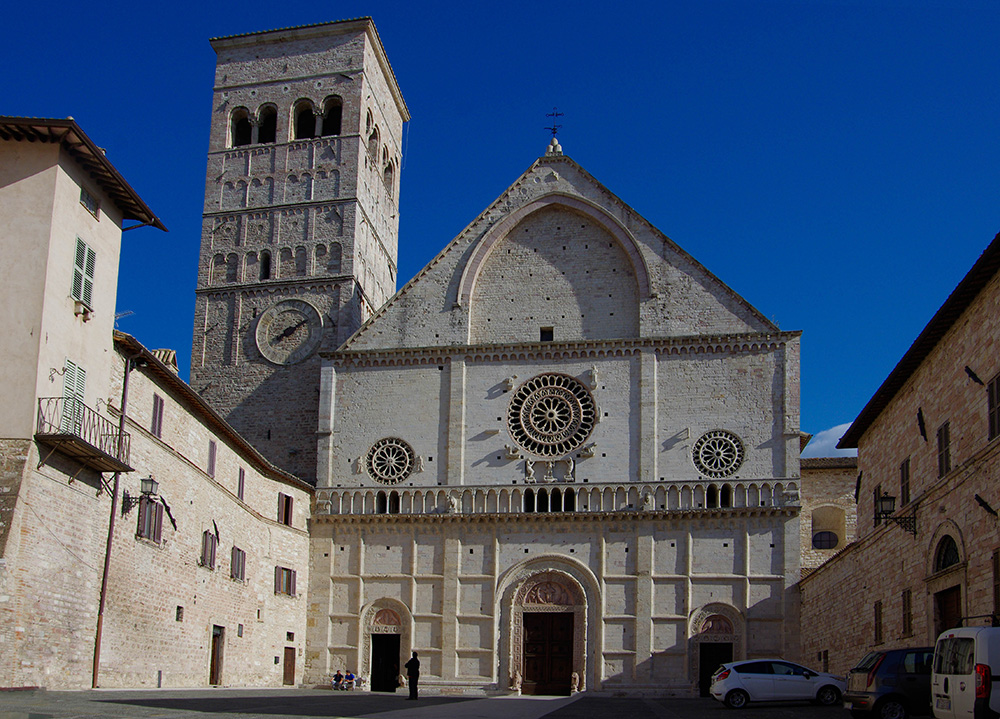 Cathedral of San Rufino in Assisi, a place where delegations of Christians meet and pray.
Cathedral of San Rufino in Assisi, a place where delegations of Christians meet and pray.After hearing the welcome, a moment of silence in contemplation, then listening to a Japanese choir singing the psalm Laudate Dominum omnes gentes, the delegations went to their designated places for their own prayer, where, as the host put it, “the representatives of each religion will have the time and opportunity to pray according to their own tradition.” John Paul II chaired the meeting of Christians in the 12th-century Cathedral of San Rufino, where St Francis was once baptised.
Peace bears the name of Jesus Christ
After about three hours, the delegates descended in silence from various churches, squares, and other corners of Assisi to the courtyard in front of another basilica — the Basilica of Saint Francis. Here in the open air, after an introduction by the President of the Pontifical Council “Iustitia et Pax,” Cardinal Roger Etchegaray, representatives of religions and churches recited their short prayers in a fixed order one after the other. Christians who prayed last were Vice President of the Lutheran World Federation Susanna Telewova, Archbishop of Canterbury Robert Runcie, and Archbishop Methodius of the Ecumenical Patriarchate. The Pope intoned the Lord’s Prayer, and the young people presented small olive trees to the attendees.
The Holy Father spoke at the end of this last scheduled part of the World Day of Prayer. He said, among other things:
“For the first time in history, we have come together: Christian churches, ecclesial communities, and world religions, in this holy place dedicated to St Francis, to bear witness before the world, each of us according to our convictions, that peace is transcendent.
As we have seen, the form and content of our prayers are pretty different, and they cannot be reduced to a common denominator. But in this diversity, perhaps we have rediscovered that, when it comes to the problem of peace and its relation to religious commitment, there is something that unites us after all.
(...)
That is why each of us prays for peace. Even if we understand differently, and there is indeed a connection between this Reality and the gift of peace, according to our different religious beliefs, we all conclude that such a connection exists.
This is what we express when we pray for peace.
And I humbly repeat what I am convinced of: peace bears the name of Jesus Christ.”
This declaration was followed by words that seemed controversial to some, although years later, knowing the style of John Paul II, one can say that they fit in perfectly with his pontificate:
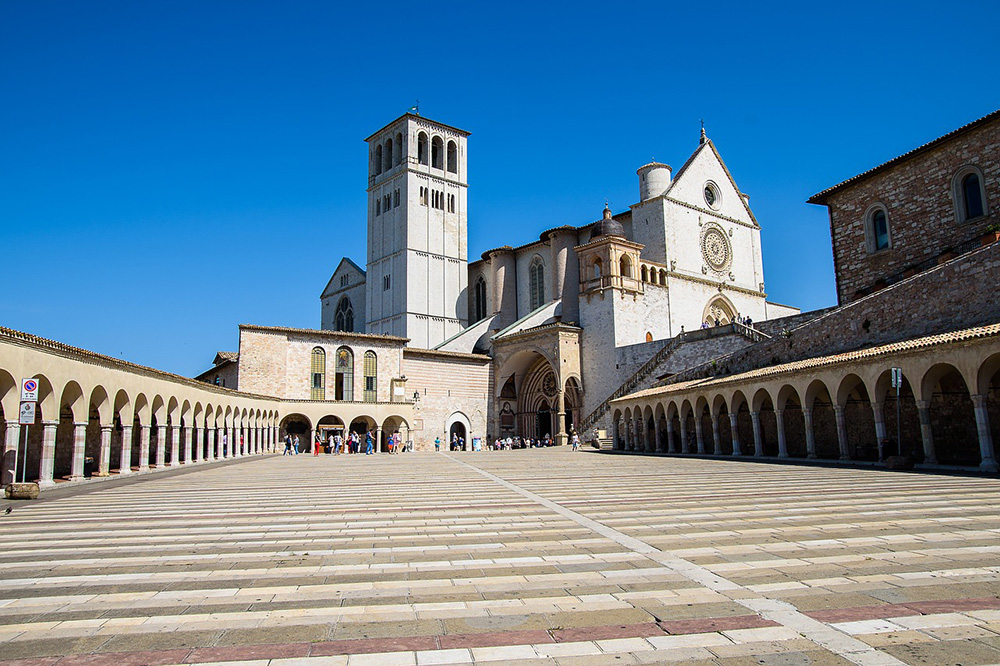
The lower courtyard in front of the Basilica of St Francis. Site of the final stage of the Day of Prayer for Peace.
After the official part of the Day of Prayer for Peace, the participants stayed one more day in Assisi, where working talks were held by the Vatican dicasteries in charge of inter-religious dialogue. After these meetings, they were all received once again in the Vatican by the Holy Father, who, bidding farewell to the delegates, said at the end:
“Yesterday, it was exactly twenty-one years since the Second Vatican Council promulgated the Declaration on the Relation of the Church with Non-Christian Religions Nostra Aetate. The Secretariat for Non-Christians has been entrusted with undertaking and developing dialogue. Thank you for your cooperation with the Secretariat and the Catholic Church in your homelands. May this cooperation, conducted in mutual respect, enable us to do much good in a world that is becoming increasingly materialistic and infidel.”
Spirit of Assisi
Immediately after the meeting, the international media wrote enthusiastically about the bold initiative of the Polish Pope, emphasising mainly its ground-breaking character in the field of rapprochement between cultures and religions and devoting less space to the main papal message — the promotion of prayer, recognising it as an essential component of peaceful activities.
Many Catholics, but not all, recognised that the Days of Prayer for Peace were imbued with an evangelical spirit, that they arose from the realisation of the principle of Christian tolerance and peaceful coexistence between religions. Despite many papal assurances and caution when making symbolic gestures, some Catholic circles perceived the meeting as an event that relativised and weakened the Church doctrine.
To this day, evaluations of this meeting are divided, both in terms of achieving the main objectives and the controversies mentioned above. Indeed, the meeting in Assisi was a courageous move of John Paul II, who saw sense in showing respect to representatives of other cultures, religions, and faiths without giving up his own convictions or proclaiming the truths of his own faith. He was undoubtedly keen to reach an agreement not on religious matters, as here both he and the invited guests were unwilling to compromise, but on keeping the peace.
The Swiss clergyman Joseph Bisig, FSSP, a member of the conservative Priestly Brotherhood of St Pius X until 1988 and later one of the founders of the Priestly Brotherhood of St Peter, gave an honest assessment of his attitude years later: “I see nothing wrong with the fact that Catholics meet non-Catholics, that they talk together etc. Assisi was, in a sense, of foremost importance at that time, where followers of different religions, cultures, etc., came together to pray for peace. However, it should be noted that there was no community prayer, but each prayed individually. It should be remembered that those were still times of potential danger, the Cold War was raging, there was a danger of nuclear conflict, and it was then that representatives of various religions were called upon by the Pope to pray for peace. This was the purpose of this meeting and no other. (...) And yet, during this meeting, the Holy Father gave a speech in which he testified to the divinity of Jesus Christ. This was particularly important because there were people there who did not believe in the divinity of Christ” (W Drodze 1999, No. 1).
Pope John Paul II proclaimed the Days of Prayer for Peace four more times:
- on 28 October 1988 in Rome
- on 23 January 1994 in the Balkans
- on 15 June 1994 in Rwanda (where there was a bloody civil war)
- on 24 January 2002 in Assisi again.
The last meeting with religious leaders in Assisi, held in 2002, was in response to 11 September 2001.
“The spirit of Assisi” has found many imitators, among which the Roman Community of St Giles (Sant’ Egidio) is worth mentioning. The outcome of the 1986 meeting is the International Meetings for Prayer for Peace, which the community has been organising since 1987, each year in a different city, inviting representatives of different religions.
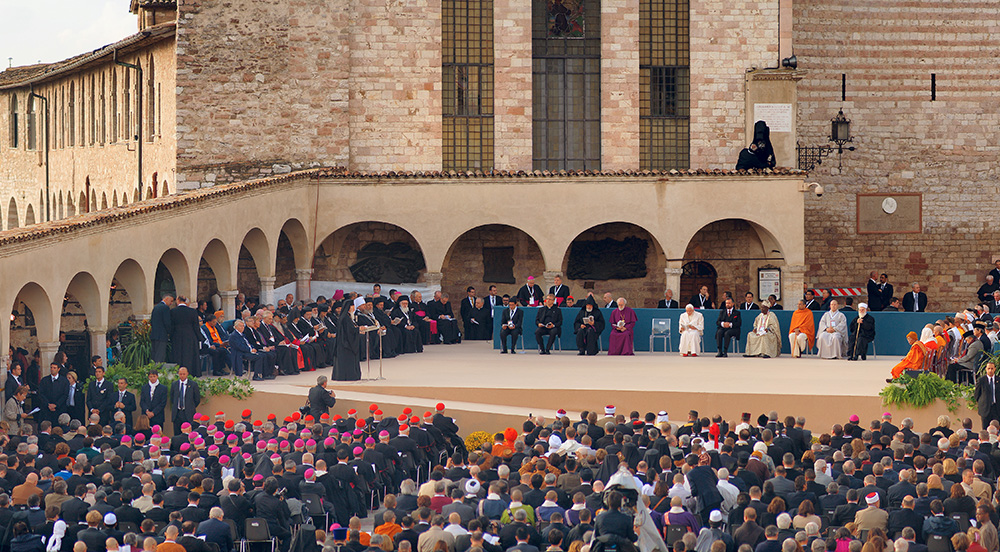
Meeting in Assisi in 2011. Speeches by delegates in front of the Basilica of St Francis.
Assisi was also chosen by the current Pope Francis as the place to sign the Fratelli Tutti encyclical on peace, fraternity, and social friendship. It took place on 3 October 2020.
Sources
Audio Records
Video Records
Documents
Audio Records
Event Place
Choose location...
Asyż, bazylika Matki Boskiej Anielskiej
Asyż, Katedra Św. Rufina
Asyż, bazylika Św. Franciszka
Keywords
General:
Persons index:
Date:
Project implemented by: 

Project co-financed by: 

Patronage: 

Partners: 